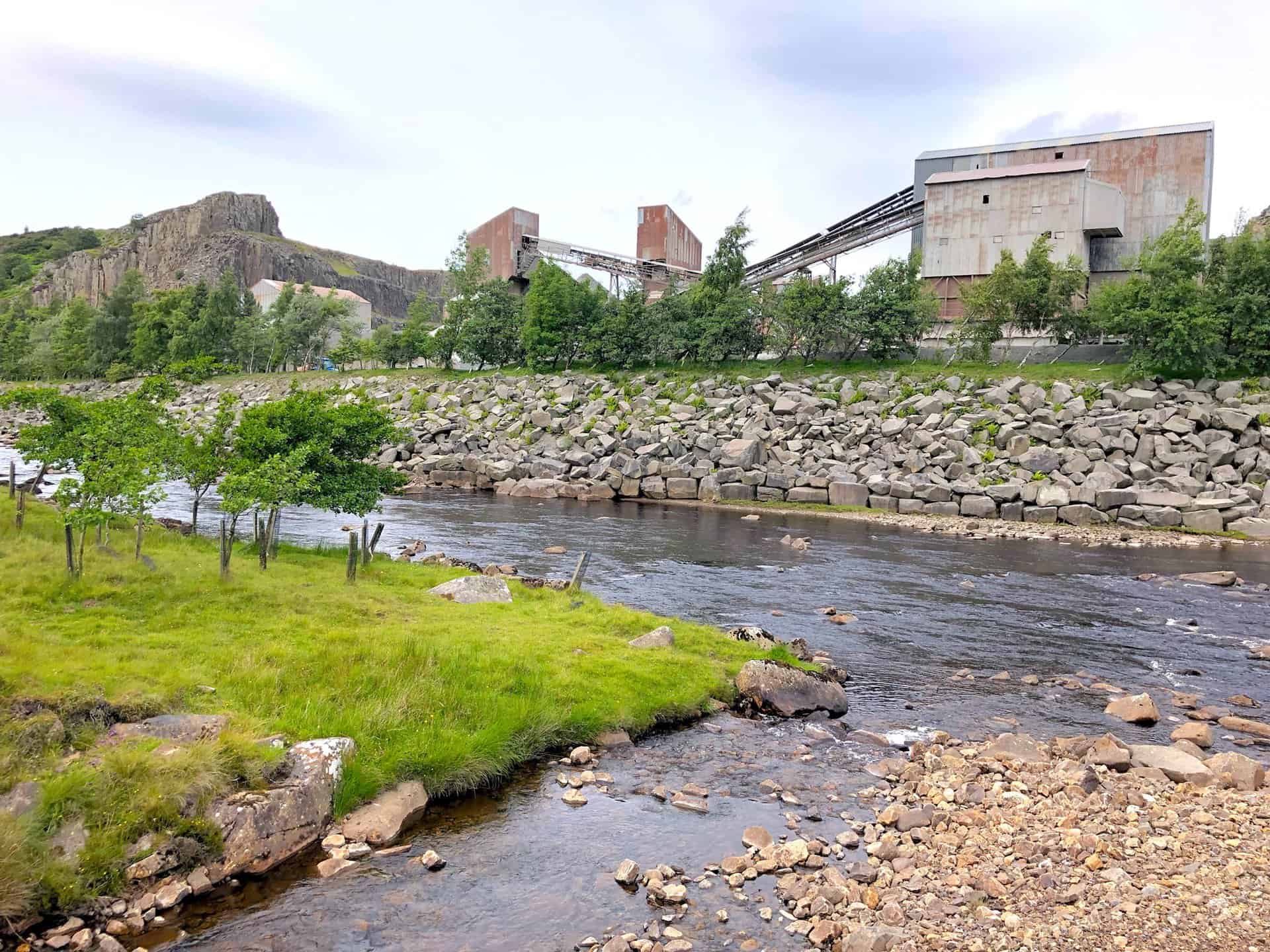Explore the Stunning North Pennines Walks and Trails
Explore stunning North Pennines walks and trails in one of England’s most remote and unspoilt areas. Nestled between the Yorkshire Dales and Northumberland National Parks, the North Pennines Area of Outstanding Natural Beauty (AONB) covers almost 770 square miles. It’s the second largest AONB in the United Kingdom.
The North Pennines landscape features open heather moors, peatlands, attractive dales, tumbling upland rivers, and remnants of a mining and industrial past. As a UNESCO Global Geopark, it highlights the area’s significant Earth heritage. Visit the North Pennines official website to read more about this beautiful place.
Below, I present three exceptional walks in the North Pennines, each highlighting a distinct element of the region’s remarkable natural scenery. Remember, these examples merely introduce the wide range of trails available. Continue scrolling down the page for more great walks.
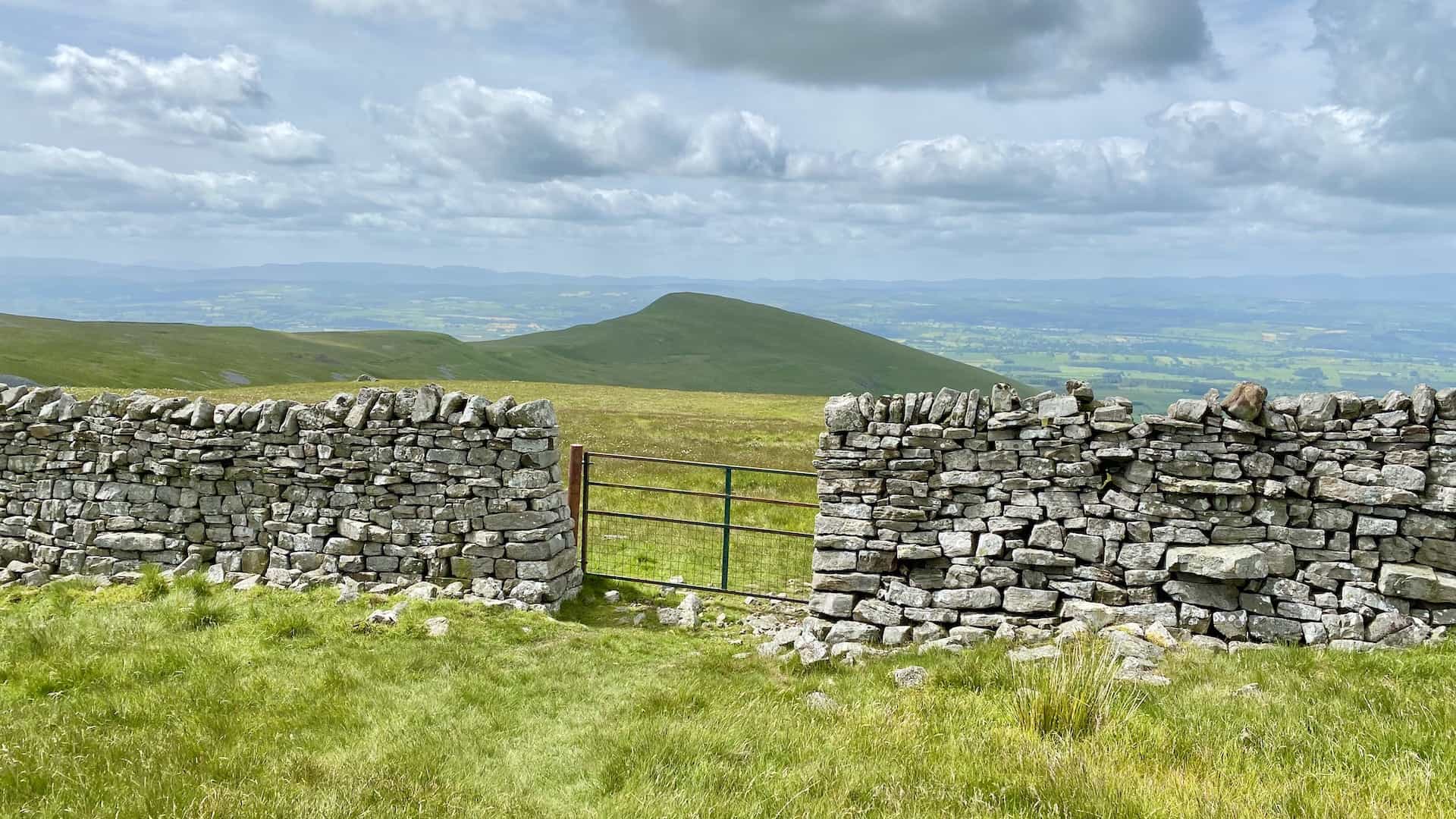
North Pennines Walks: My Three Favourites
My first highlighted walk, the High Force waterfall walk, begins at Bowlees and leads to the awe-inspiring High Force waterfall, journeying from Gibson’s Cave Nature Reserve. Covering 7 miles and taking approximately 3½ hours, this path takes you over Wynch Bridge and through captivating landscapes to the Bleabeck Force, High Force, and Low Force waterfalls. It’s a path that deeply immerses you in the essence of Teesdale.
The second walk I recommend is the High Cup Nick walk, starting from Dufton. This 12-mile hike ascends to High Cup Nick, providing incredible views throughout. The walk, lasting about 5½ to 6 hours, weaves through a tapestry of charming countryside and breathtaking valleys. Be sure to allocate additional time to fully appreciate the vistas, which rank among Northern England’s most spectacular.
Lastly, the Cross Fell walk sets off from Milburn and spans 12½ miles, encompassing the summits of Great Dun Fell and Little Dun Fell. This demanding trek, known for its steep climbs, offers unparalleled panoramic views from the highest point in England outside the Lake District, rewarding those who undertake it with a truly unforgettable experience.
The walks featured above represent just a fraction of the myriad of trails that criss-cross the North Pennines. Each journey is unique, highlighting the region’s breathtaking natural beauty and varied terrain. From peaceful riverside strolls to rigorous mountain hikes, there’s a path in the North Pennines for every type of walker. For a wider selection of splendid North Pennines walks, be sure to explore the list below.
Uncover the North Pennines’ Walking Gems
About the North Pennines Area of Outstanding Natural Beauty (AONB)
Areas of Outstanding Natural Beauty (AONBs) are designated as part of a global initiative to protect and conserve areas of significant natural beauty and ecological importance. This initiative, governed by the International Union for Conservation of Nature, categorises these areas within the broader ‘Protected Landscapes’ category. This global network includes various forms of protected areas, such as the French Parc Naturels and the National Parks in Spain and Portugal, aimed at preserving these landscapes for current and future generations. AONBs, alongside National Parks, represent the pinnacle of the UK’s countryside, offering landscapes of exceptional beauty and ecological value, safeguarded within the land-use planning system to ensure their protection and sustainable management.
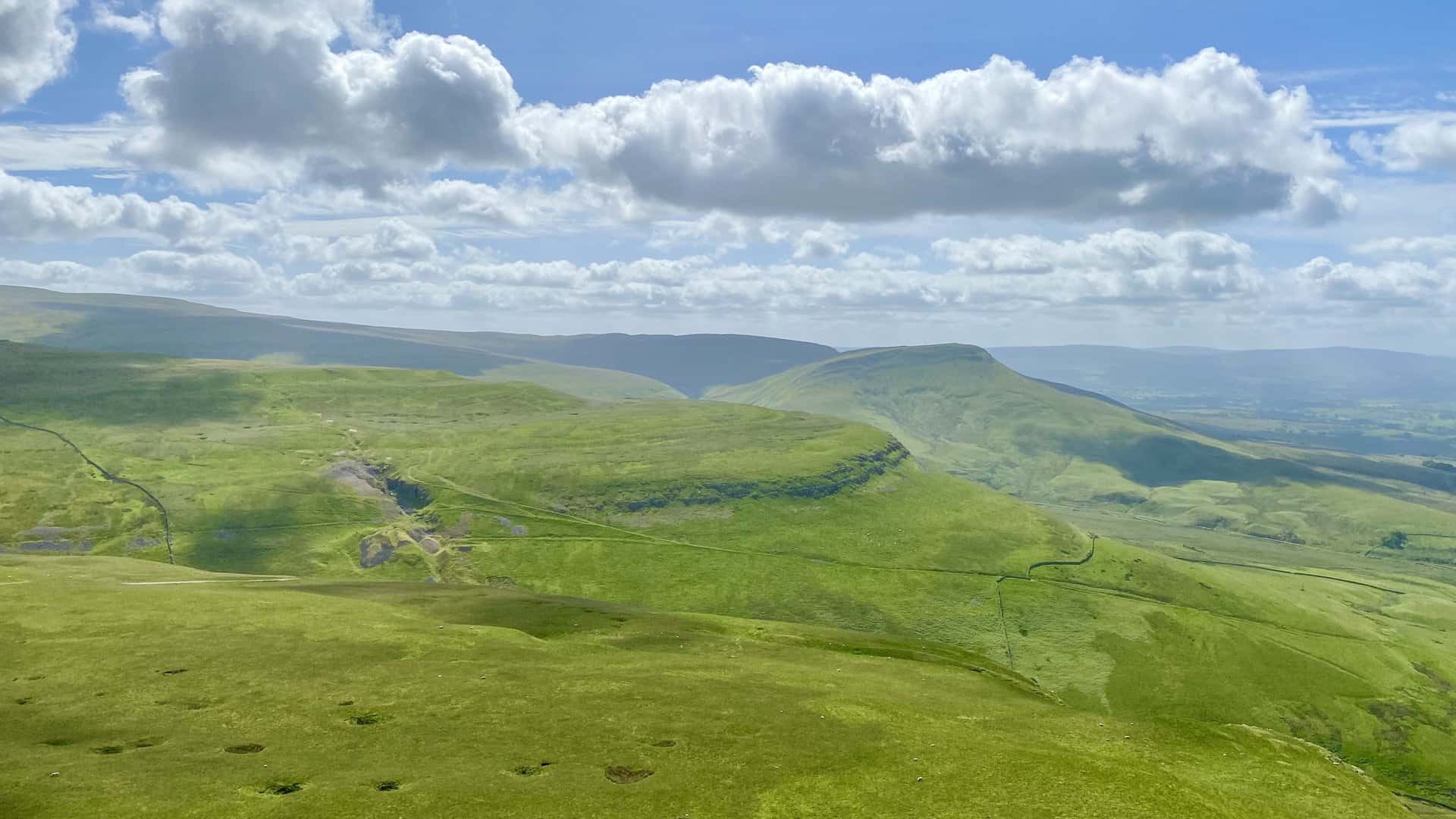
The North Pennines AONB stands out as the second-largest AONB in England, covering an area of 1983 square kilometres. It is a prime example of the UK’s commitment to conserving its natural landscapes, nestled uniquely between the Lake District, the Yorkshire Dales, and Northumberland National Parks, and in close proximity to the urban centres of County Durham. Its extensive coverage across two English Regions and five local authorities highlights its significant role in the natural and cultural heritage of the region. For those interested in exploring this majestic landscape, my North Pennines walks offer a unique opportunity to experience the area’s beauty firsthand.
The Significance of AONBs
The designation of Areas of Outstanding Natural Beauty serves a critical purpose: the conservation and enhancement of natural beauty across the UK. These areas are crucial for protecting the landscape’s aesthetic and biodiversity, ensuring that these unique environments are maintained for their ecological, cultural, and recreational values. AONBs and National Parks are integral to the UK’s land-use planning system, reflecting a national commitment to conserving its finest countryside. Both are afforded the same level of protection, underscoring their importance in national efforts to promote sustainable development, balance ecological conservation with economic and social needs, and ensure that these landscapes remain accessible and enjoyable for all. My North Pennines walks allow visitors to immerse themselves in the tranquil beauty of one of the UK’s most cherished landscapes.
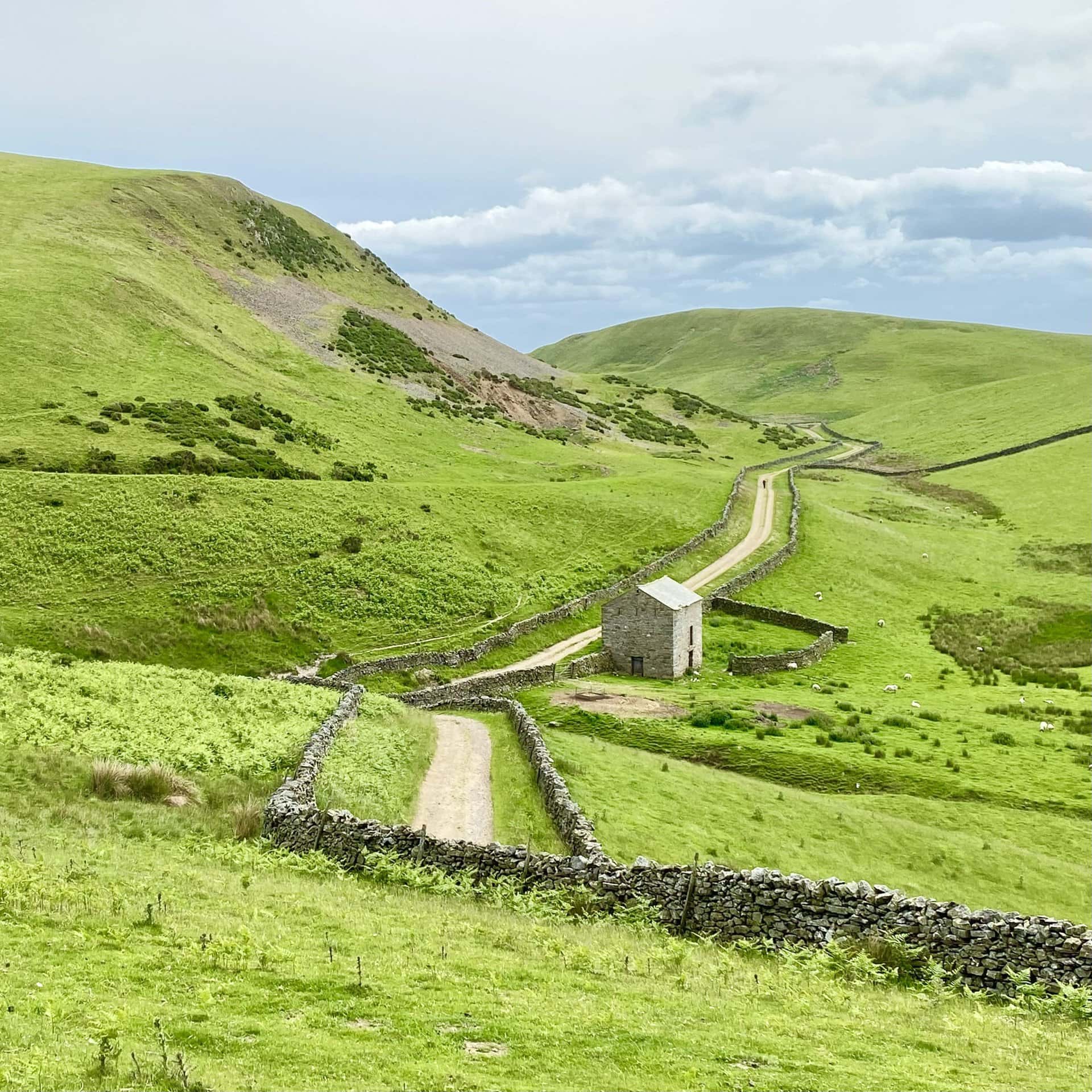
The North Pennines AONB: Geography and Geology
The North Pennines AONB is distinguished by its expansive and varied landscape, marking the northernmost section of the Pennine range. It is enveloped by the National Parks of the Lake District, the Yorkshire Dales, and Northumberland, with close ties to the urban areas of County Durham. This AONB spans multiple local authorities across the North East and North West of England, illustrating the vastness and diversity of its landscape.
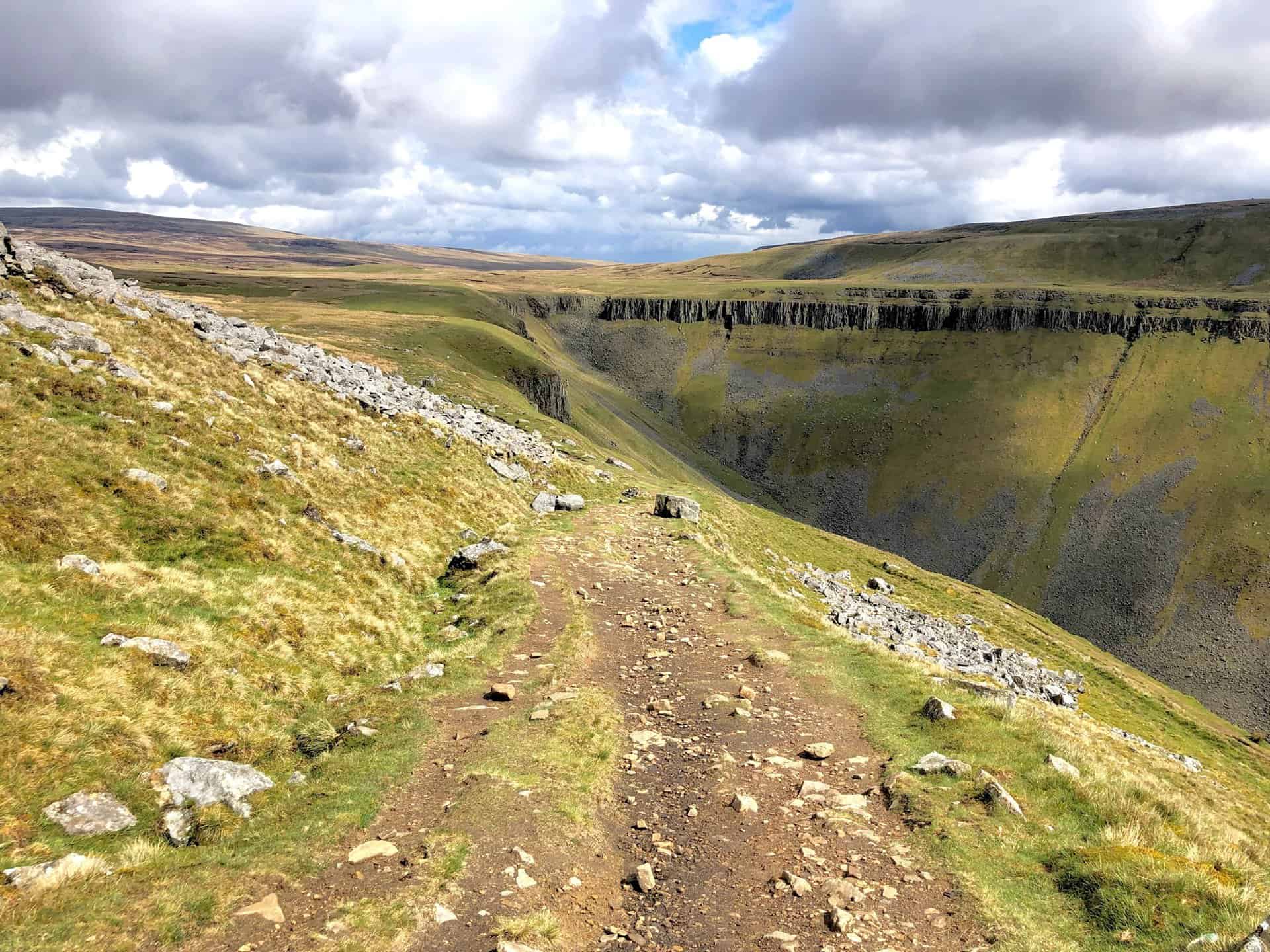
Moreover, the diverse landscape of the North Pennines is underpinned by a rich geological tapestry that dates back millions of years. Geologically, the North Pennines boast a history characterised by the deposition of mud and volcanic ash which later transformed through intense geological processes into the slate and other sedimentary rocks visible today. The area’s distinct geology is further marked by the presence of the Whin Sill, a doleritic intrusion that forms some of the most dramatic landscapes in the region. This geological feature, alongside the varied sedimentary rocks from the Carboniferous period, contributes to the unique natural beauty and ecological diversity of the North Pennines, making it a key area for conservation and study. Embarking on my North Pennines walks presents an excellent way for enthusiasts to explore these geological wonders up close.
Natural History and Biodiversity
The North Pennines AONB is home to a remarkable array of ecosystems, including significant portions of the UK’s upland hay meadows, heathlands, and blanket bogs. This diversity of habitats supports a wide range of flora and fauna, with the area being particularly noted for its populations of black grouse, red squirrels, and rare arctic alpine plants. Such biodiversity not only contributes to the ecological significance of the North Pennines but also highlights the importance of ongoing conservation efforts to maintain these habitats for future generations. The presence of rare and endangered species underscores the area’s national and international conservation value, further emphasising the critical role of AONBs in protecting the UK’s natural heritage. My North Pennines walks offer a gateway to discovering the rich natural history and biodiversity of this exceptional area.
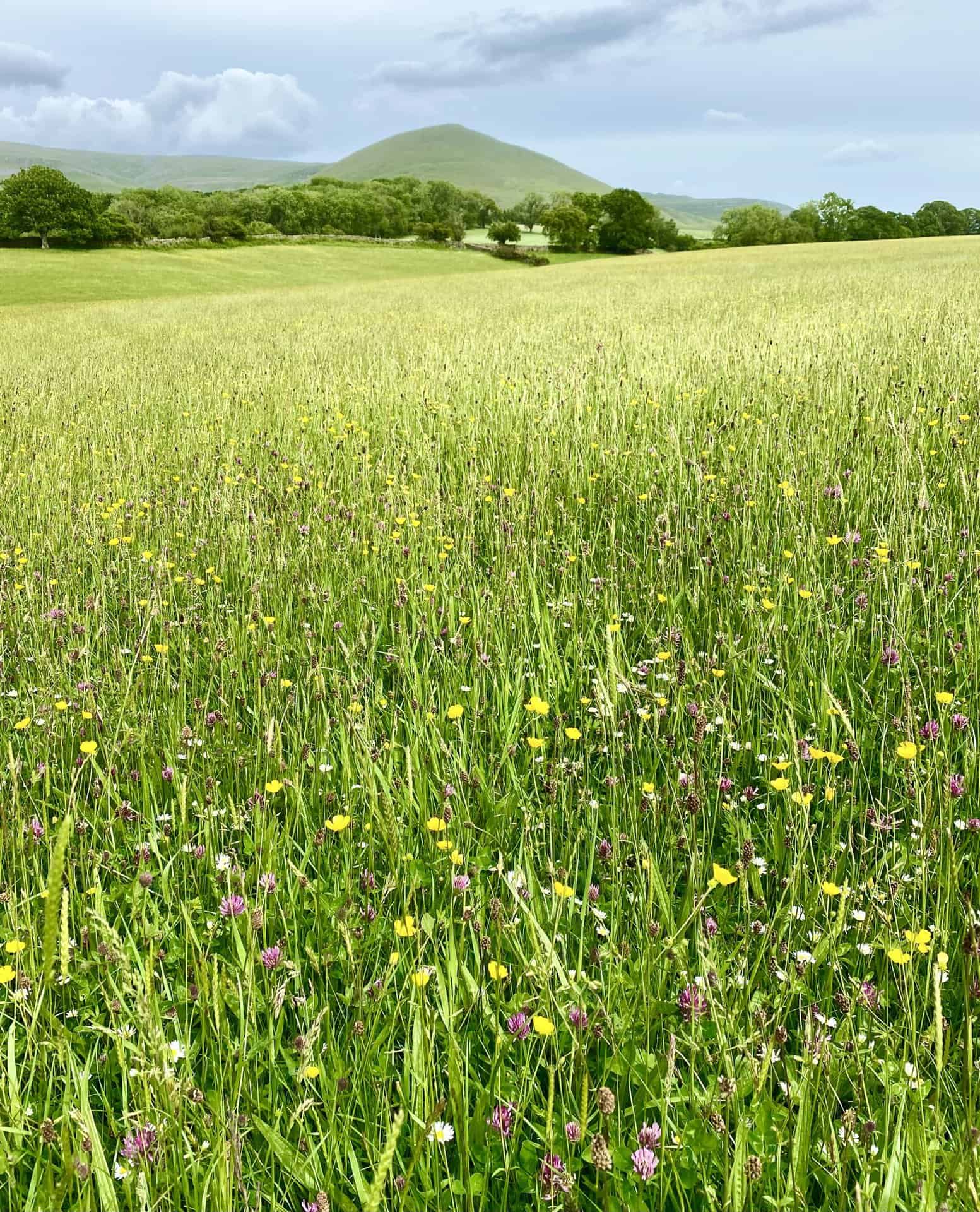
Conservation Efforts and Sustainable Development
The designation of Areas of Outstanding Natural Beauty (AONBs) encompasses a multifaceted approach to conservation that extends beyond the preservation of landscapes to include the economic and social well-being of local communities. The North Pennines AONB, in particular, is dedicated to conserving and enhancing natural beauty while simultaneously supporting the needs of agriculture, forestry, other rural industries, and local communities. This holistic approach ensures that conservation efforts contribute positively to the local economy and social fabric, promoting sustainable forms of social and economic development that conserve and enhance the environment.
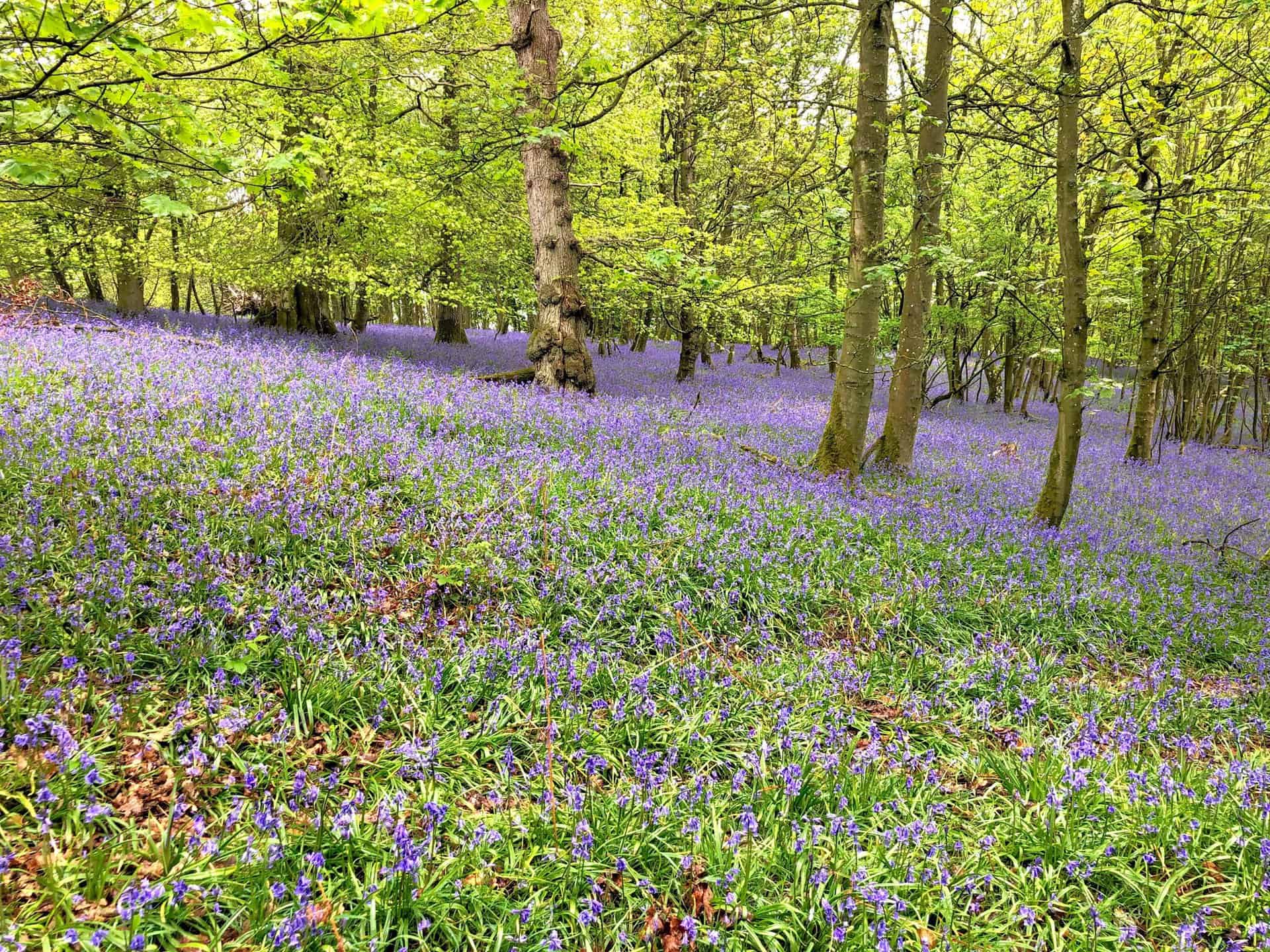
In addition to conservation, the North Pennines AONB leverages its status as a UNESCO Global Geopark to promote sustainable development, education, and nature tourism. This designation recognises the area’s outstanding geological heritage and uses it as a foundation for sustainable development strategies, including conservation, education, and tourism. By engaging local communities and visitors in the understanding and appreciation of the area’s unique geodiversity, the North Pennines AONB fosters a sense of stewardship and promotes activities that are environmentally sustainable and beneficial to the local economy.
Geodiversity and Its Importance
This rich tapestry of geological features shapes the landscape, influencing the area’s biodiversity, culture, and historical development. The presence of unique geological formations, such as the Whin Sill, and the area’s complex geological history, contribute to the North Pennines’ distinctive character and natural beauty.
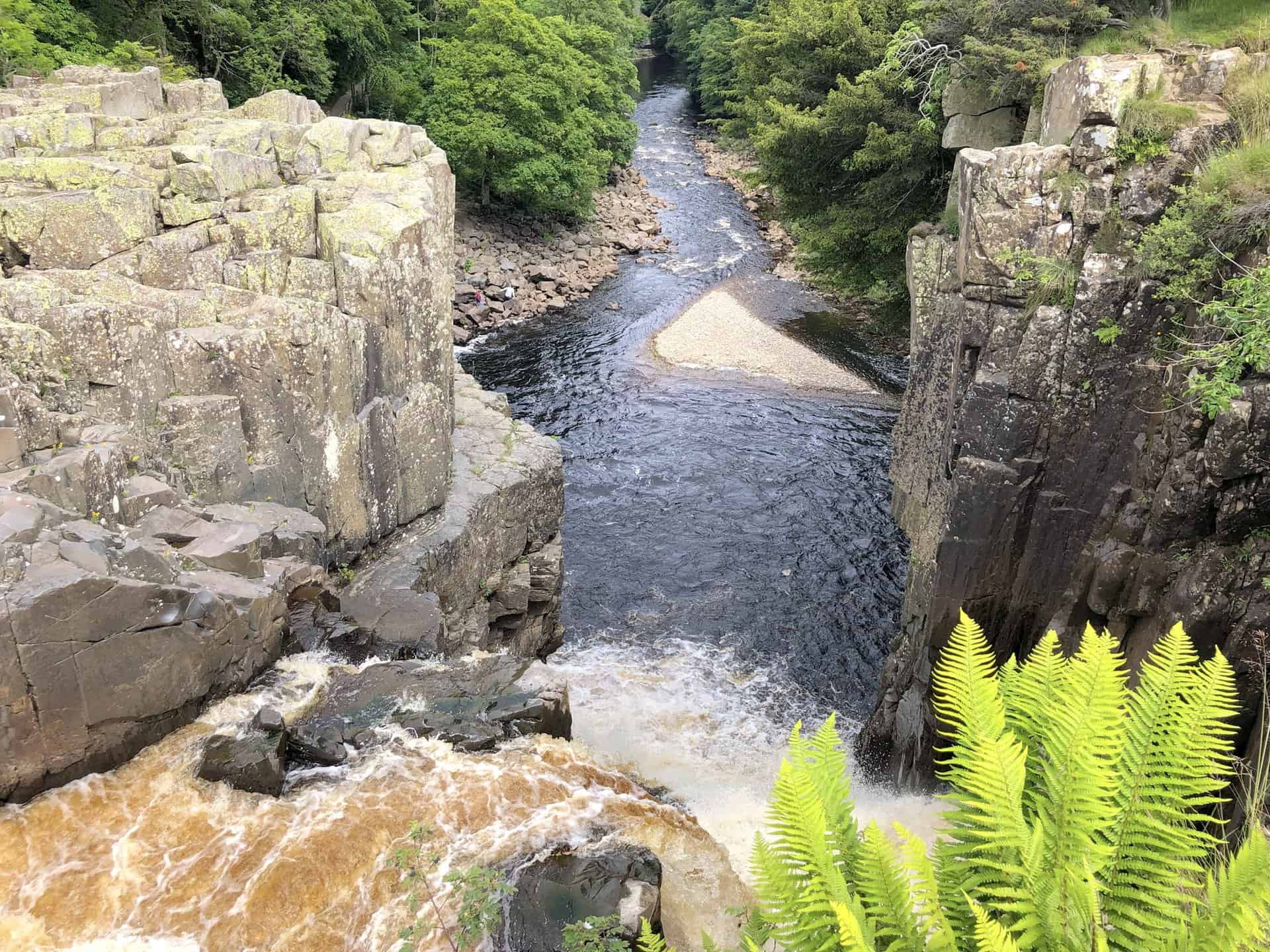
Conservation efforts within the North Pennines AONB are focused on preserving this geodiversity through a range of initiatives. Educational programmes aim to raise awareness and understanding of the area’s geological heritage, while the creation of geological trails and the management of geological sites enable both locals and visitors to explore and appreciate these natural features. Such efforts are crucial for ensuring that the geodiversity of the North Pennines is maintained for future generations, contributing to the area’s ecological integrity and its appeal as a destination for nature-based tourism.
The North Pennines as a UNESCO Global Geopark
The recognition of the North Pennines AONB as a UNESCO Global Geopark in 2015 marked a significant milestone in the area’s conservation history. This designation acknowledges the global importance of the North Pennines’ geological heritage and commits to using this heritage as a driver for sustainable development. As a member of the Global Geoparks Network, the North Pennines AONB participates in international collaboration, sharing ideas and best practices for conservation, education, and sustainable tourism.
The benefits of the UNESCO Global Geopark status are manifold. Enhanced conservation measures ensure the protection of the area’s unique geological features, while increased tourism provides economic benefits to local communities through the promotion of geo-tourism. Educational opportunities are expanded, with programmes designed to engage both local residents and visitors in the understanding of geodiversity and its importance to our world. The Geopark status not only elevates the profile of the North Pennines on a global stage but also reinforces the area’s commitment to preserving its natural heritage through sustainable development initiatives. My North Pennines walks enable you to experience the majestic beauty and geological significance of the area, which I’m sure you’ll absolutely adore.
